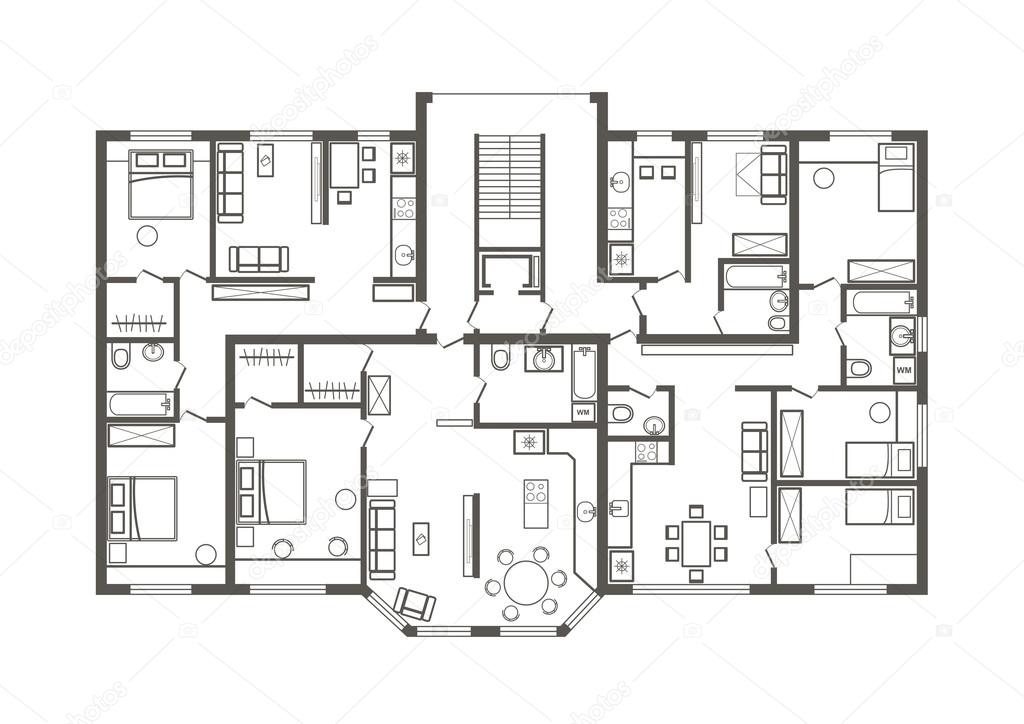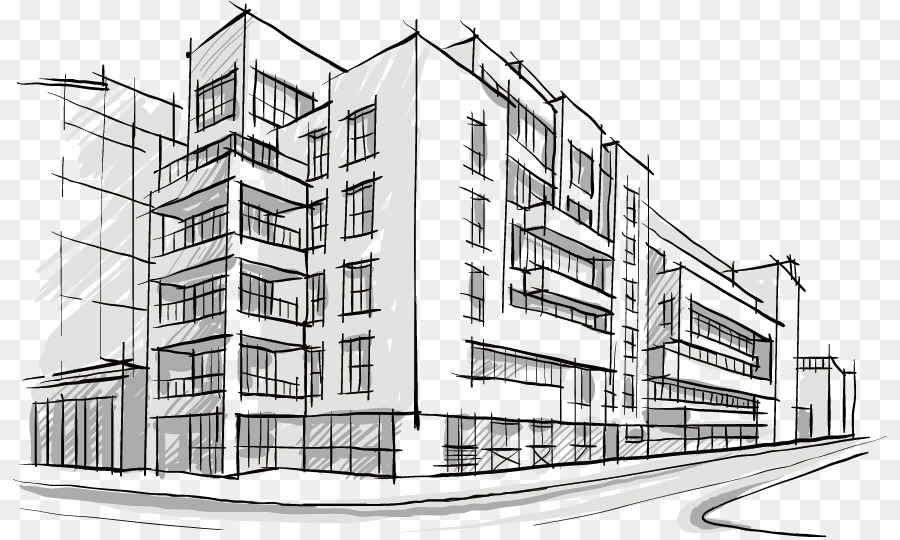Small Apartment Plans: Architecture Sketch
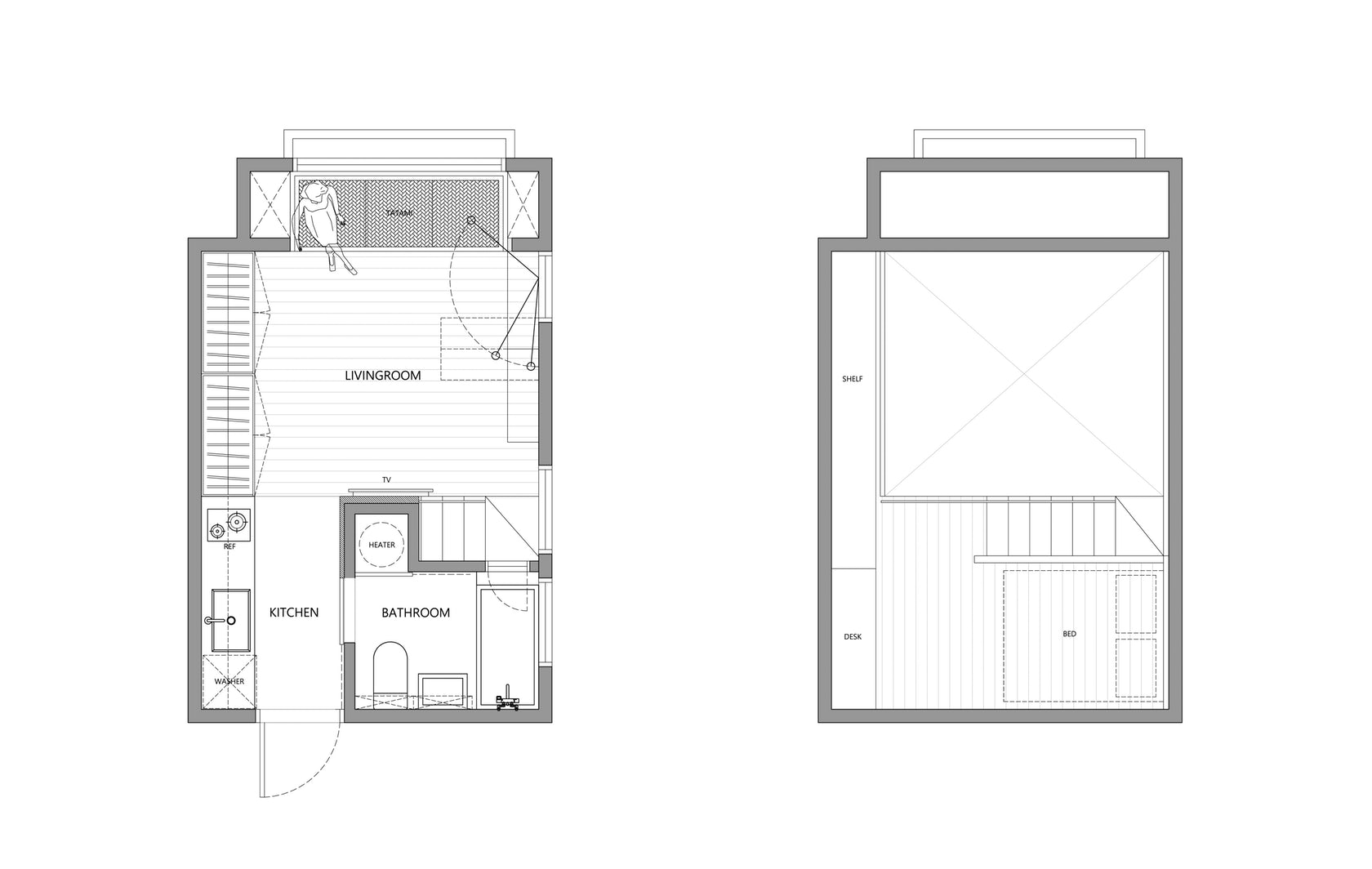
Introduction: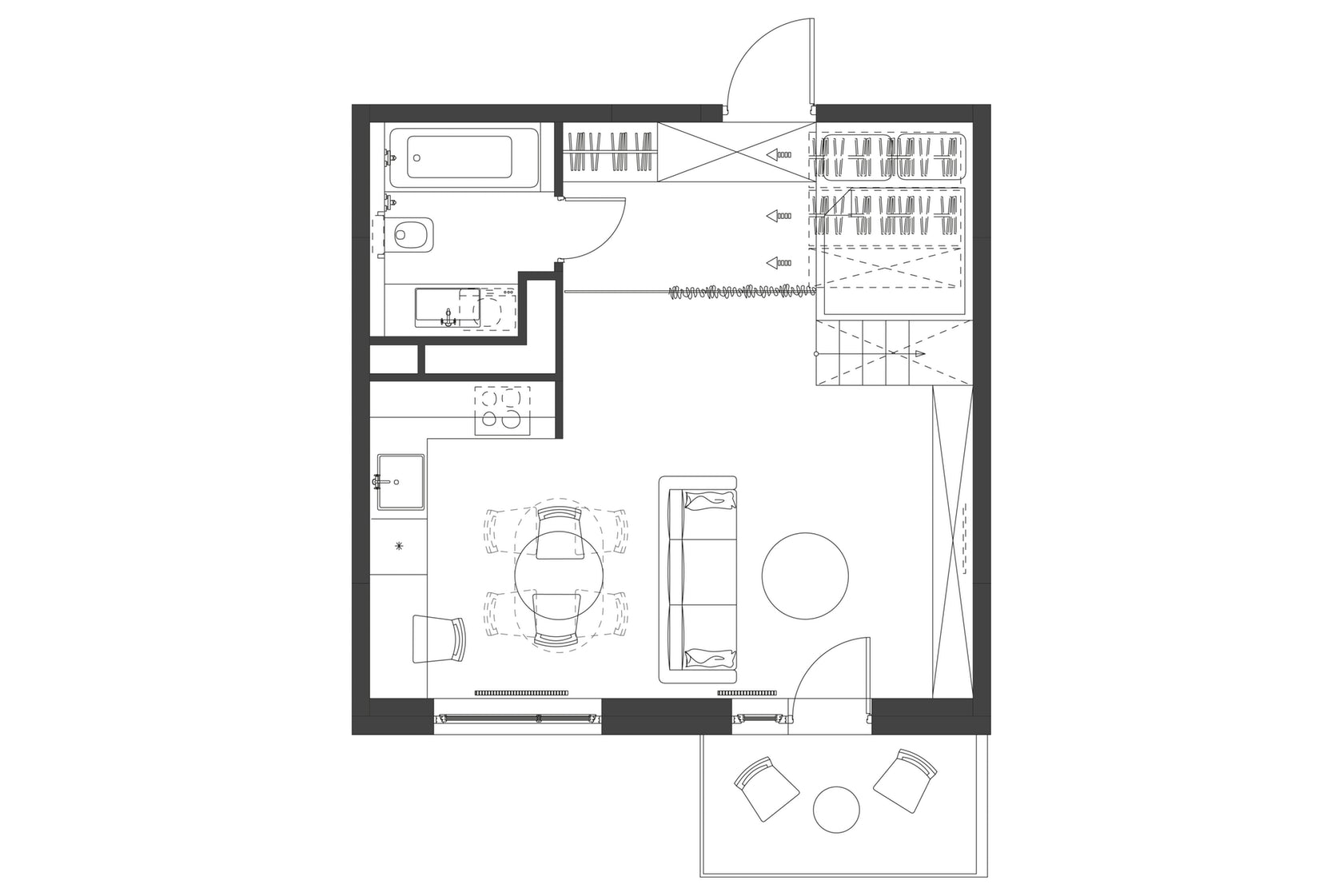
In today’s urban landscapes, small apartments are becoming increasingly popular due to their affordability and convenience. Architects are constantly innovating to design functional and aesthetically pleasing small apartment plans that maximize space and create a comfortable living environment.

Architectural Considerations: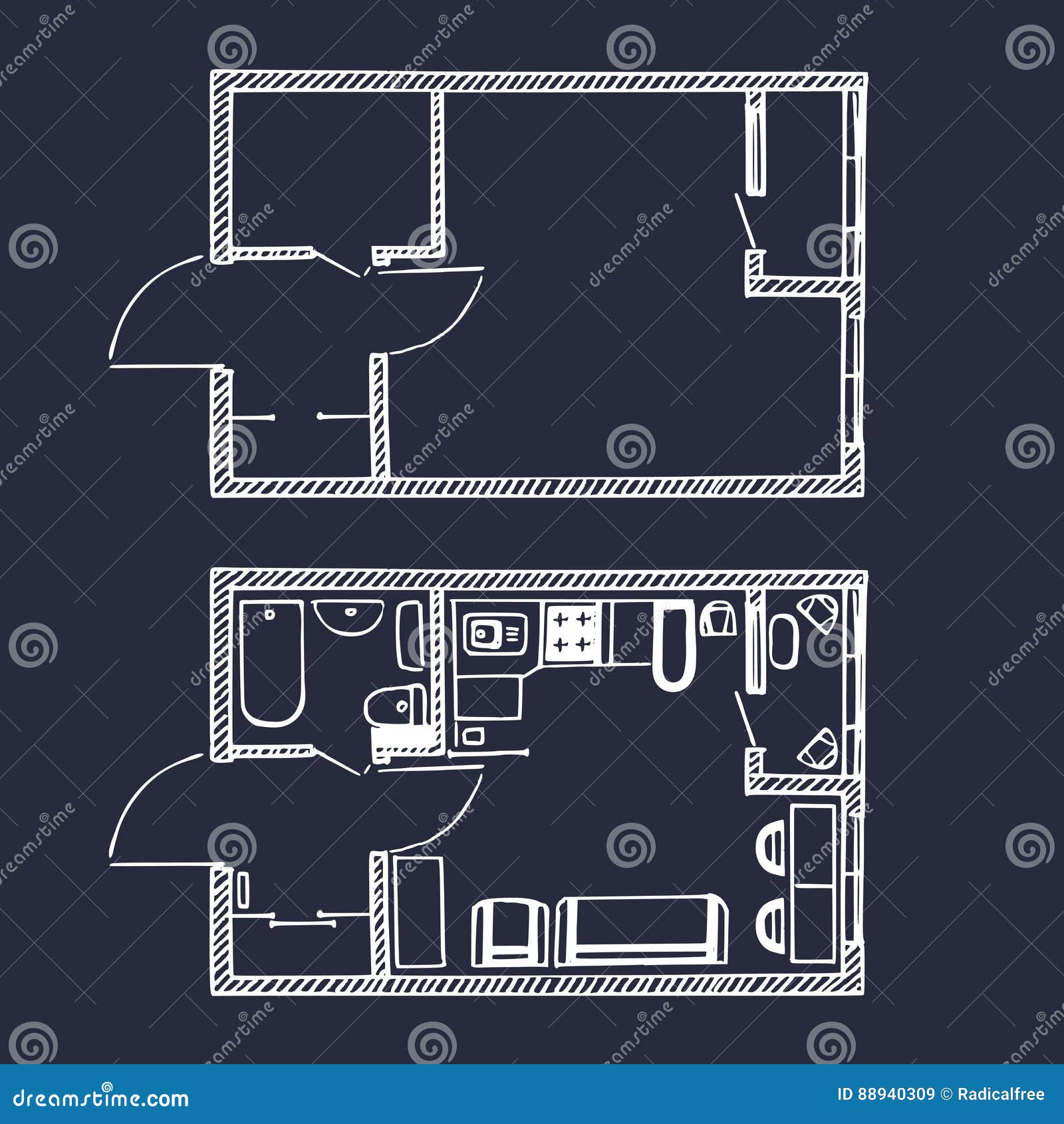
When designing small apartment plans, architects consider several key factors:

- Space Planning: Optimizing the use of available space is crucial. This involves creating efficient layouts that minimize wasted areas and maximize functionality.
- Natural Light: Maximizing natural light is essential for creating a bright and airy atmosphere. Architects incorporate large windows, skylights, and balconies to bring in ample daylight.
- Storage: Providing adequate storage is a challenge in small apartments. Architects design built-in storage solutions, such as closets, drawers, and shelves, to keep the space organized and clutter-free.
- Multi-Purpose Spaces: To maximize space, architects often design multi-purpose areas that serve multiple functions. For example, a living room can double as a dining area or a study.

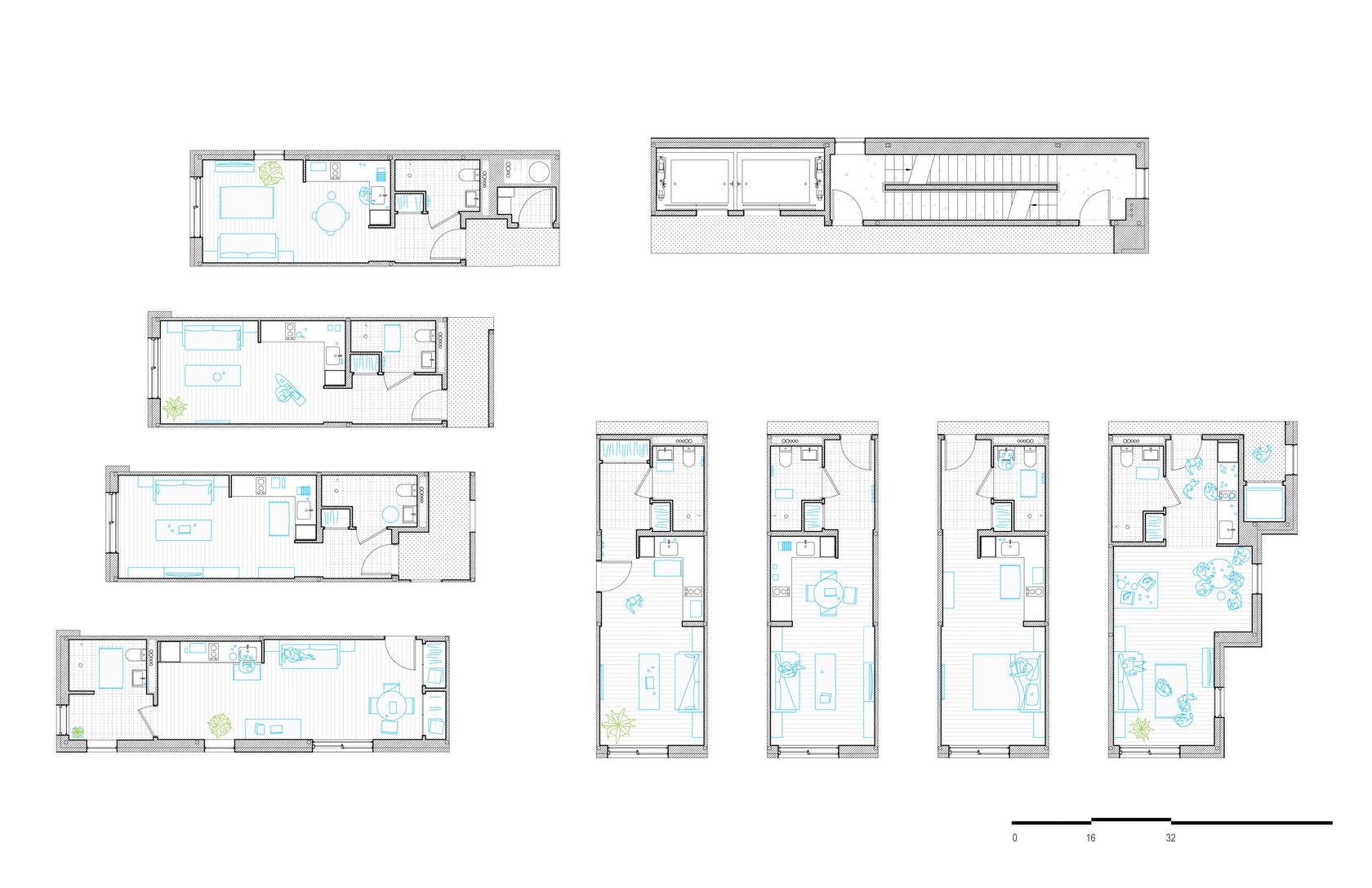


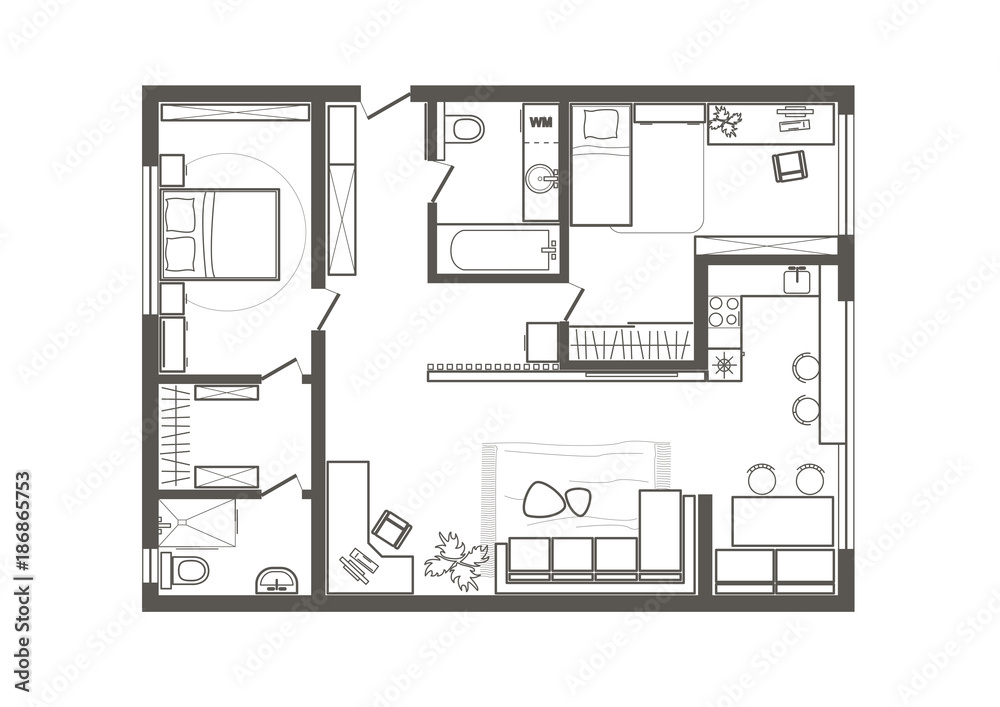
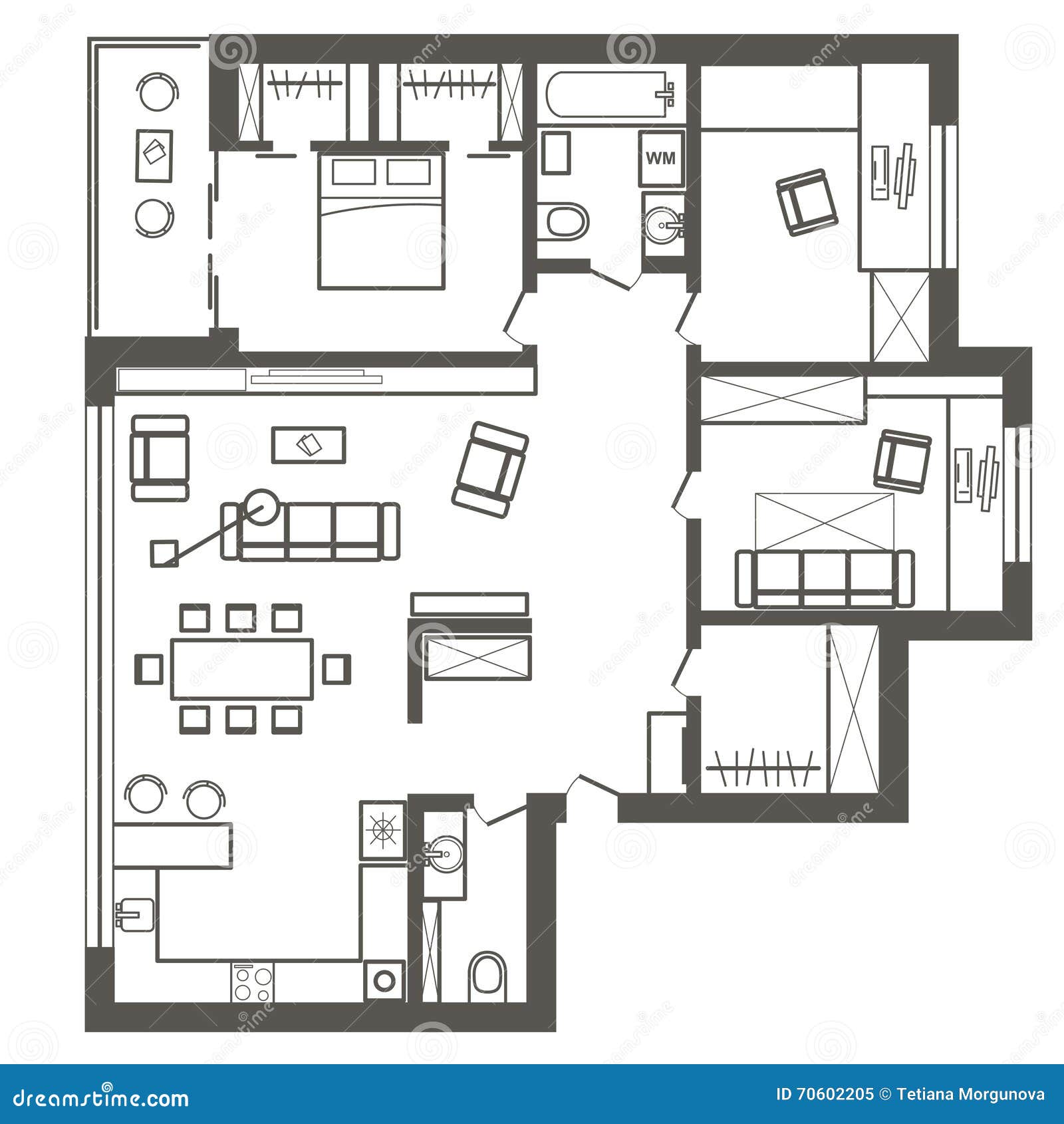
Sketching Small Apartment Plans: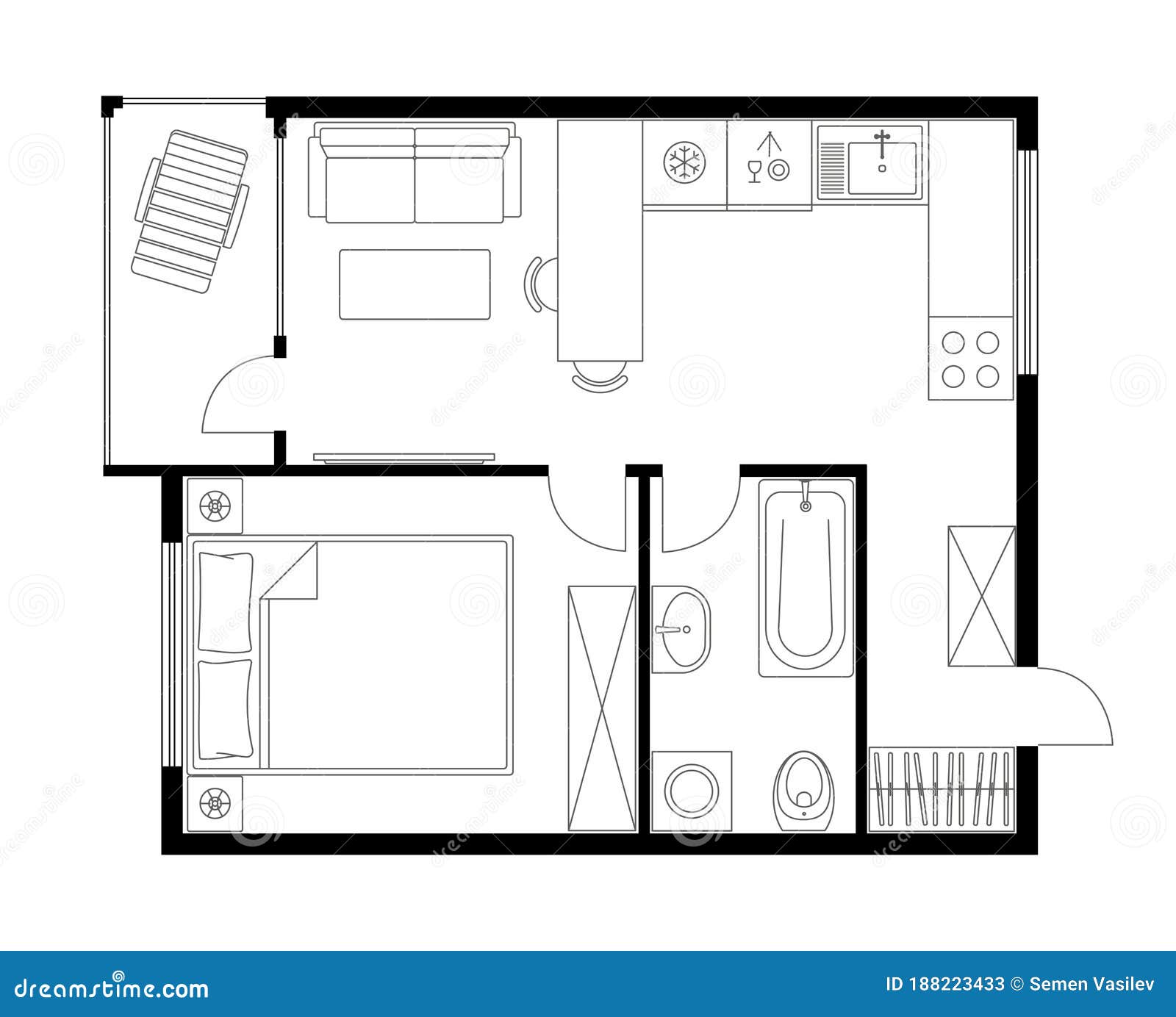
Architectural sketches are essential for visualizing and communicating small apartment plans. These sketches provide a clear representation of the layout, dimensions, and design elements.

Step 1: Determine the Scale: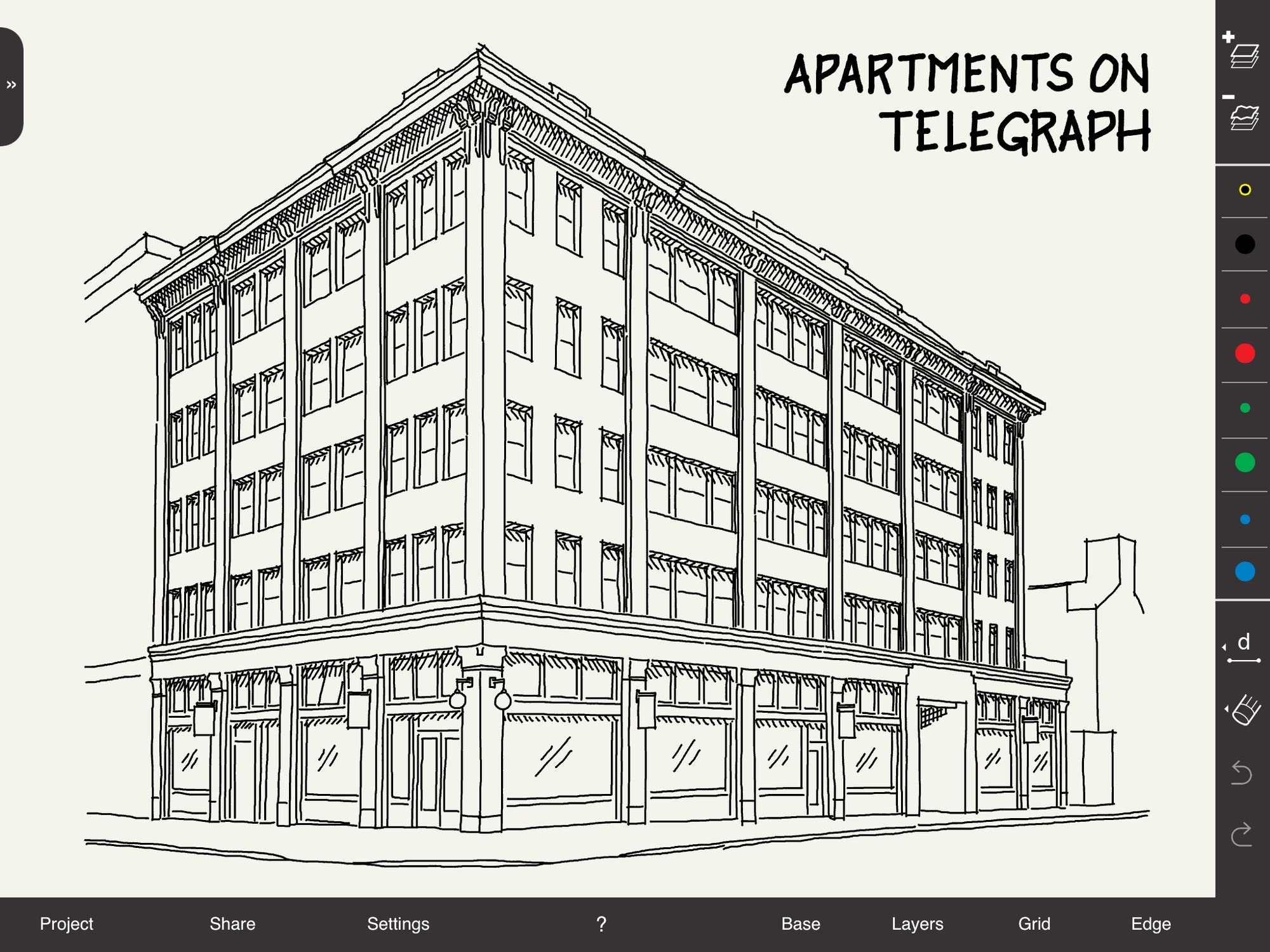
Choose an appropriate scale for the sketch. A common scale for small apartment plans is 1:50, which means that 1 unit on the sketch represents 50 units in real life.

Step 2: Outline the Walls: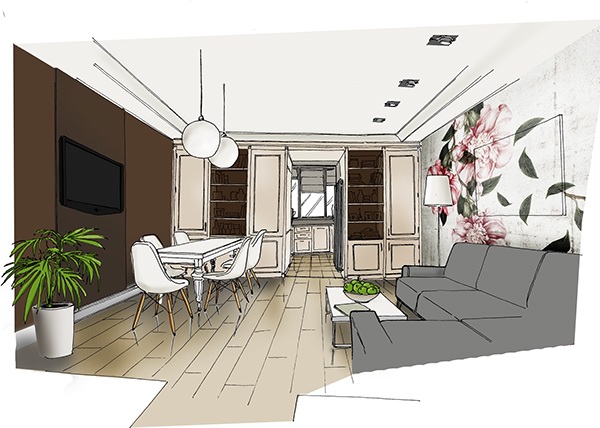
Start by sketching the outline of the walls, including the location of doors and windows. Ensure that the walls are drawn to scale and that the dimensions are accurate.
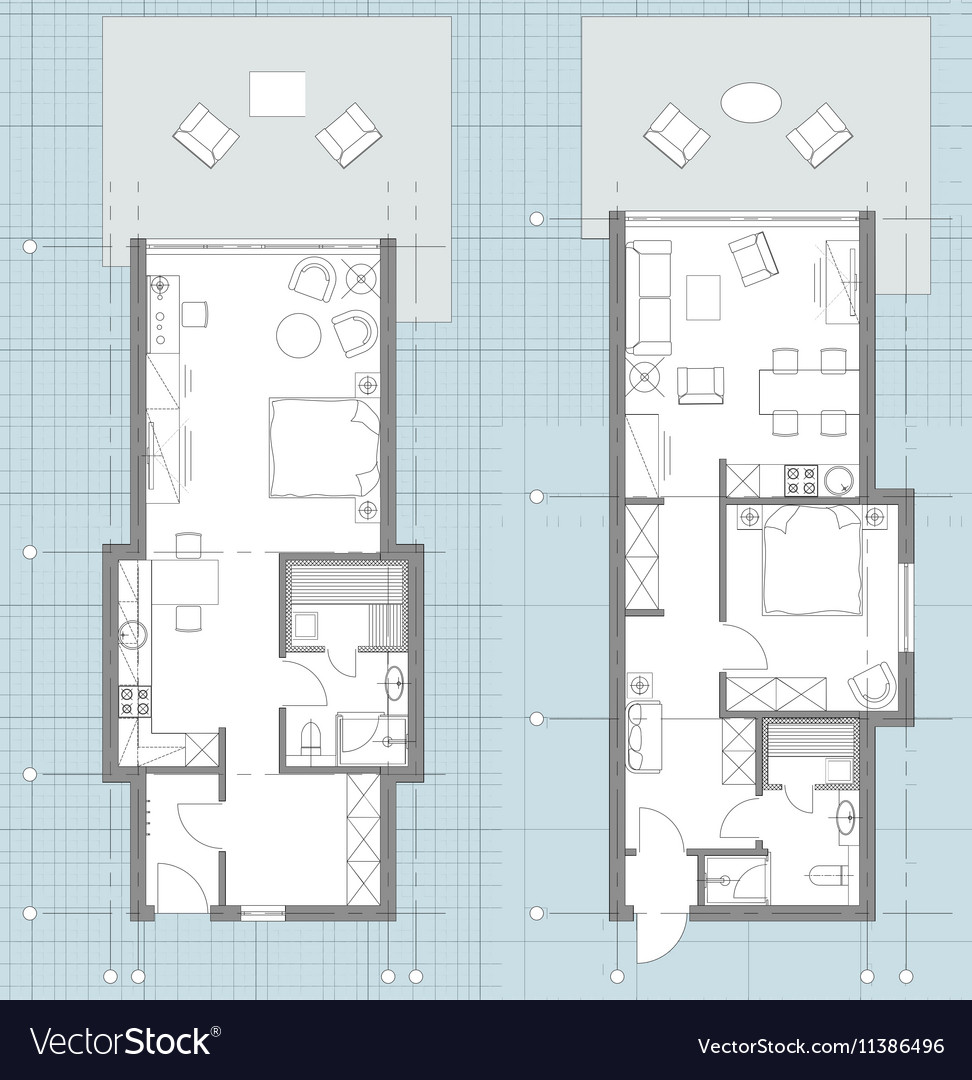
Step 3: Add Furniture and Fixtures: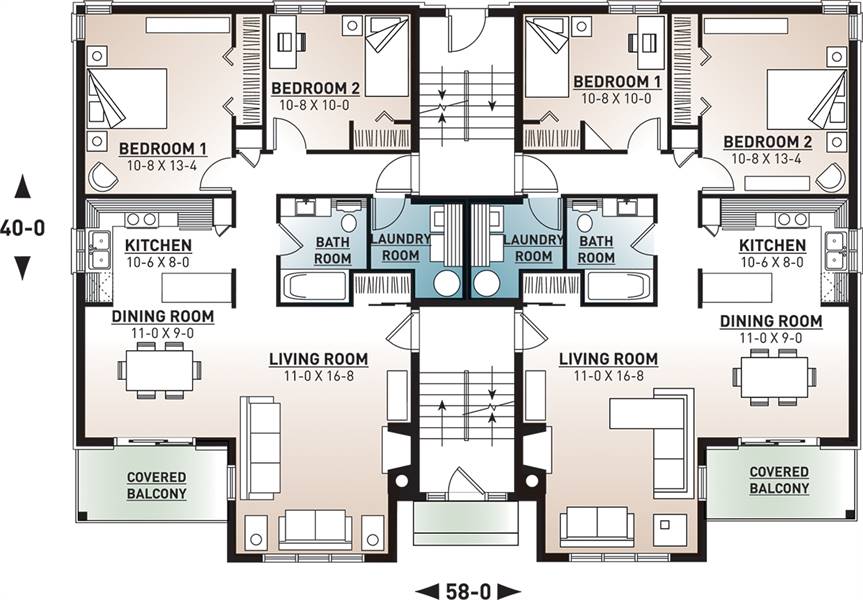
Sketch in the furniture and fixtures that will be included in the apartment. Pay attention to the scale and placement of these elements to ensure that they fit comfortably within the space.
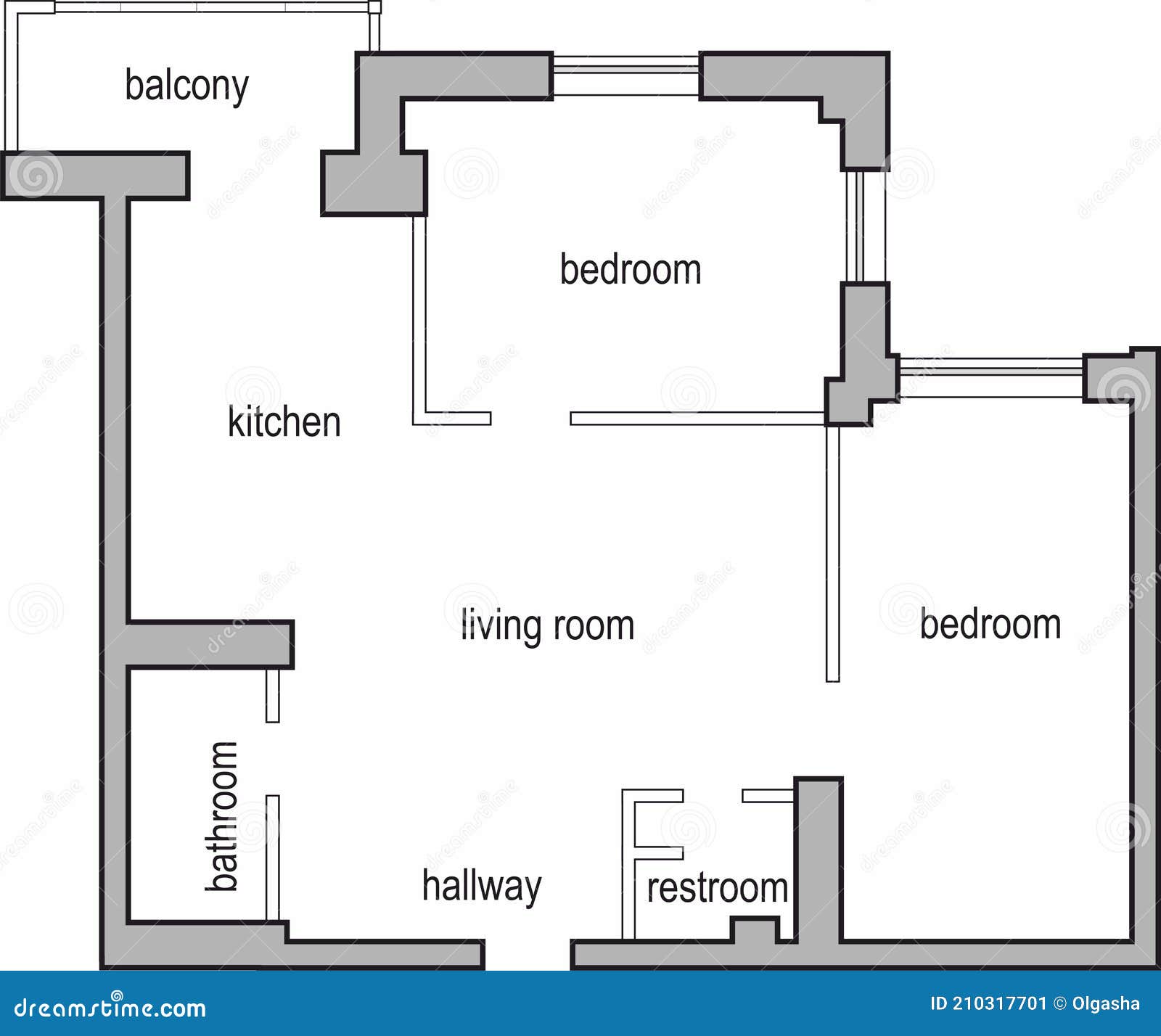
Step 4: Indicate Natural Light:
Use hatching or shading to indicate the direction and intensity of natural light. This helps visualize how the apartment will be illuminated throughout the day.
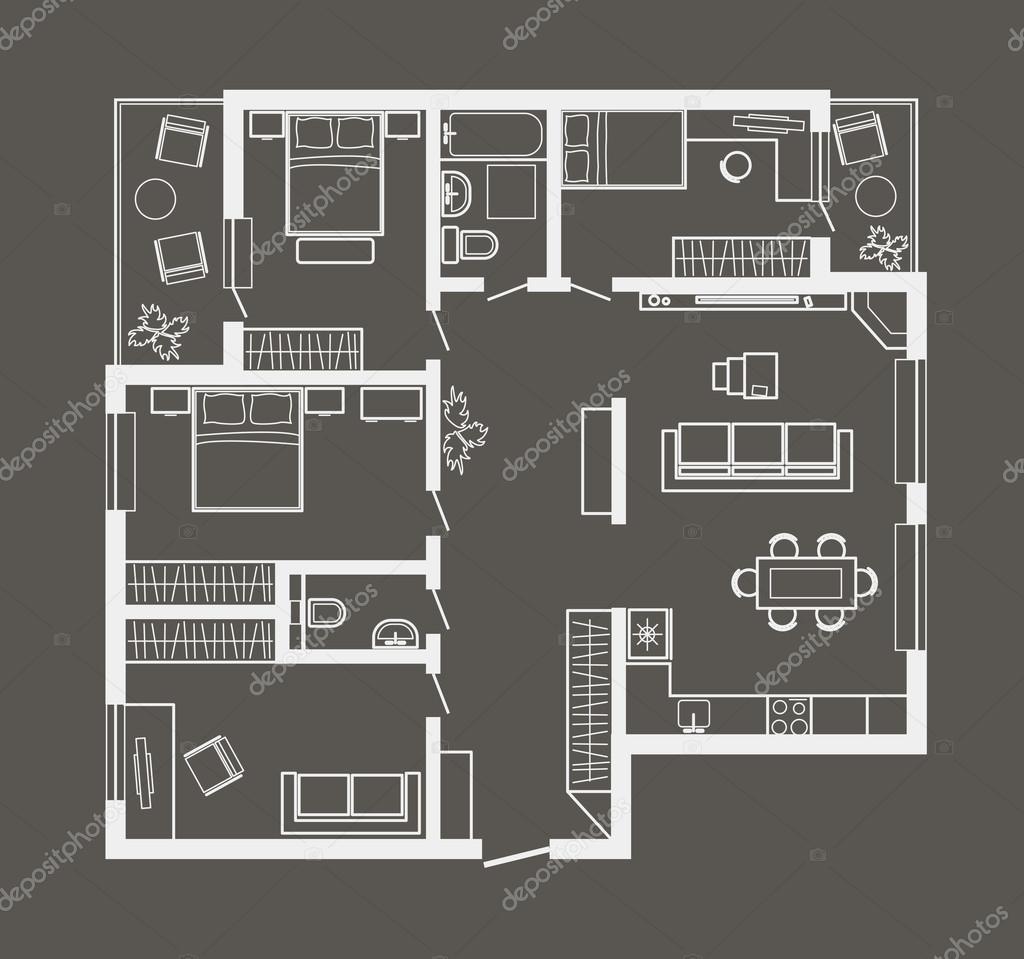
Step 5: Add Details:
Include details such as appliances, cabinetry, and storage solutions. These details help convey the functionality and aesthetic appeal of the apartment.
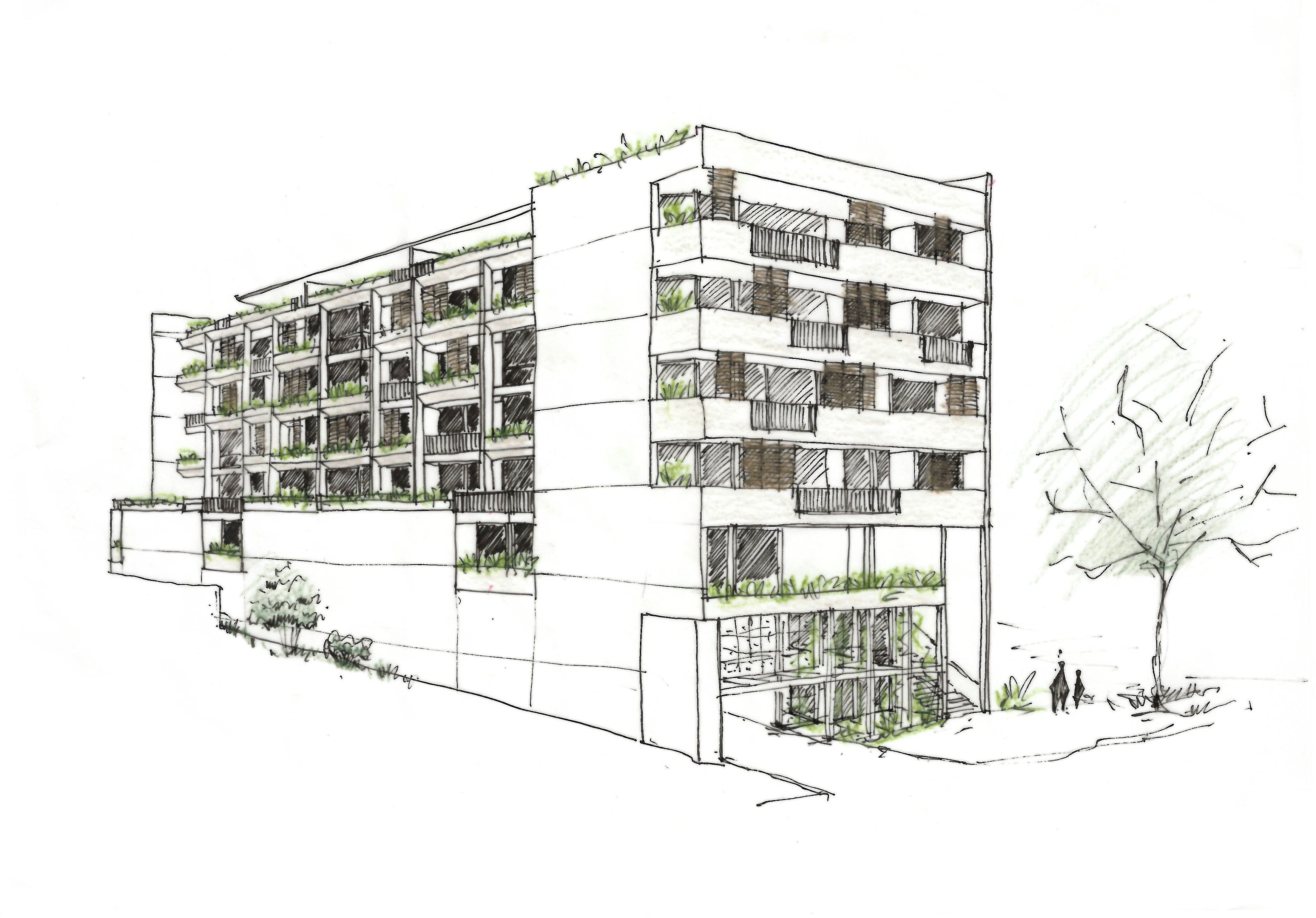
Conclusion:
Small apartment plans require careful architectural consideration and precise sketching. By optimizing space, maximizing natural light, and incorporating multi-purpose areas, architects can create functional and comfortable living environments in even the smallest of spaces. Architectural sketches play a crucial role in visualizing and communicating these designs, enabling clients and contractors to understand the layout and design intent.



